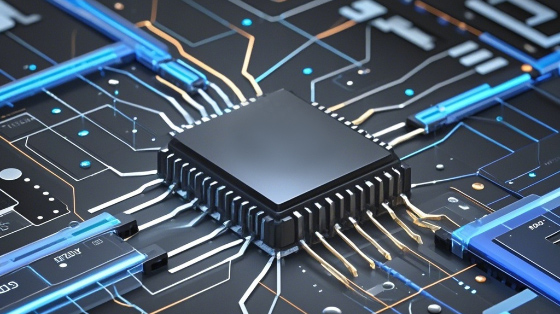Discrete Semiconductors: Driving Technological Advancements in a Digital World
2024/10/25 11:42:55
In today's rapidly evolving technological landscape, discrete semiconductors play a crucial role in powering a wide range of applications and enabling innovative solutions across various industries. These small but powerful components are the unsung heroes of modern electronics, quietly working behind the scenes to make our lives more convenient, efficient, and connected.
Discrete semiconductors are individual electronic components that perform specific functions such as amplifying, switching, or rectifying electrical signals. They include transistors, diodes, thyristors, and other devices that are essential for the operation of electronic circuits. Unlike integrated circuits (ICs), which combine multiple functions on a single chip, discrete semiconductors are standalone components that can be customized and optimized for specific applications.
One of the key advantages of discrete semiconductors is their flexibility. They can be used in a wide variety of applications, from consumer electronics and automotive systems to industrial automation and renewable energy. For example, in smartphones and other portable devices, discrete semiconductors are used to manage power consumption, enhance signal processing, and enable wireless connectivity. In the automotive industry, they are essential for engine control, safety systems, and infotainment applications. And in industrial automation, discrete semiconductors are used to control motors, sensors, and other industrial equipment.

Another important aspect of discrete semiconductors is their performance. With advancements in semiconductor technology, these components are becoming more powerful, efficient, and reliable. They can handle higher voltages and currents, operate at faster speeds, and consume less power than ever before. This enables the development of more advanced electronic systems with improved functionality and performance.
For example, the latest generation of power transistors can handle extremely high voltages and currents, making them ideal for applications such as electric vehicle charging stations and renewable energy systems. These transistors can switch large amounts of power quickly and efficiently, reducing energy losses and improving system efficiency. Similarly, advanced diodes and thyristors are being developed for high-power applications such as power transmission and distribution, where they can help to improve the reliability and efficiency of the electrical grid.
In addition to performance and flexibility, discrete semiconductors also offer cost advantages in some applications. While integrated circuits can be more complex and expensive to design and manufacture, discrete semiconductors can often be a more cost-effective solution for specific functions. For example, in some low-power applications, a simple diode or transistor may be all that is needed to perform a specific task, rather than a more complex integrated circuit.
The market for discrete semiconductors is highly competitive, with numerous manufacturers vying for market share. These manufacturers are constantly innovating and improving their products to meet the evolving needs of their customers. They are investing in research and development to develop new technologies and materials that can improve the performance and reliability of discrete semiconductors. At the same time, they are also working to reduce costs and improve manufacturing efficiencies to remain competitive in the market.
One of the major trends in the discrete semiconductor market is the increasing demand for power management solutions. As electronic devices become more power-hungry and the need for energy efficiency grows, there is a greater need for efficient power management solutions. Discrete semiconductors such as power transistors, diodes, and voltage regulators are essential for managing power in electronic systems and ensuring that they operate efficiently. Manufacturers are developing new power management solutions that can handle higher voltages and currents, operate at higher frequencies, and consume less power.
Another trend is the growing demand for discrete semiconductors in emerging applications such as the Internet of Things (IoT), artificial intelligence (AI), and 5G communications. These applications require high-performance, low-power components that can handle large amounts of data and operate in harsh environments. Discrete semiconductors are well-suited for these applications, as they can be customized and optimized for specific requirements. Manufacturers are developing new discrete semiconductor products specifically for these emerging markets, such as low-power sensors, high-speed switches, and power management ICs.
In conclusion, discrete semiconductors are playing an increasingly important role in driving technological advancements in a digital world. These small but powerful components offer flexibility, performance, and cost advantages that make them essential for a wide range of applications. As the demand for electronics continues to grow and new technologies emerge, the discrete semiconductor market is expected to continue to expand and evolve. Manufacturers will need to continue to innovate and improve their products to meet the changing needs of their customers and stay ahead of the competition.
Related Information

- 2025.03.14 Who Are Intel's Main Competitors?

- 2025.03.13 recent chip - related news 2025


